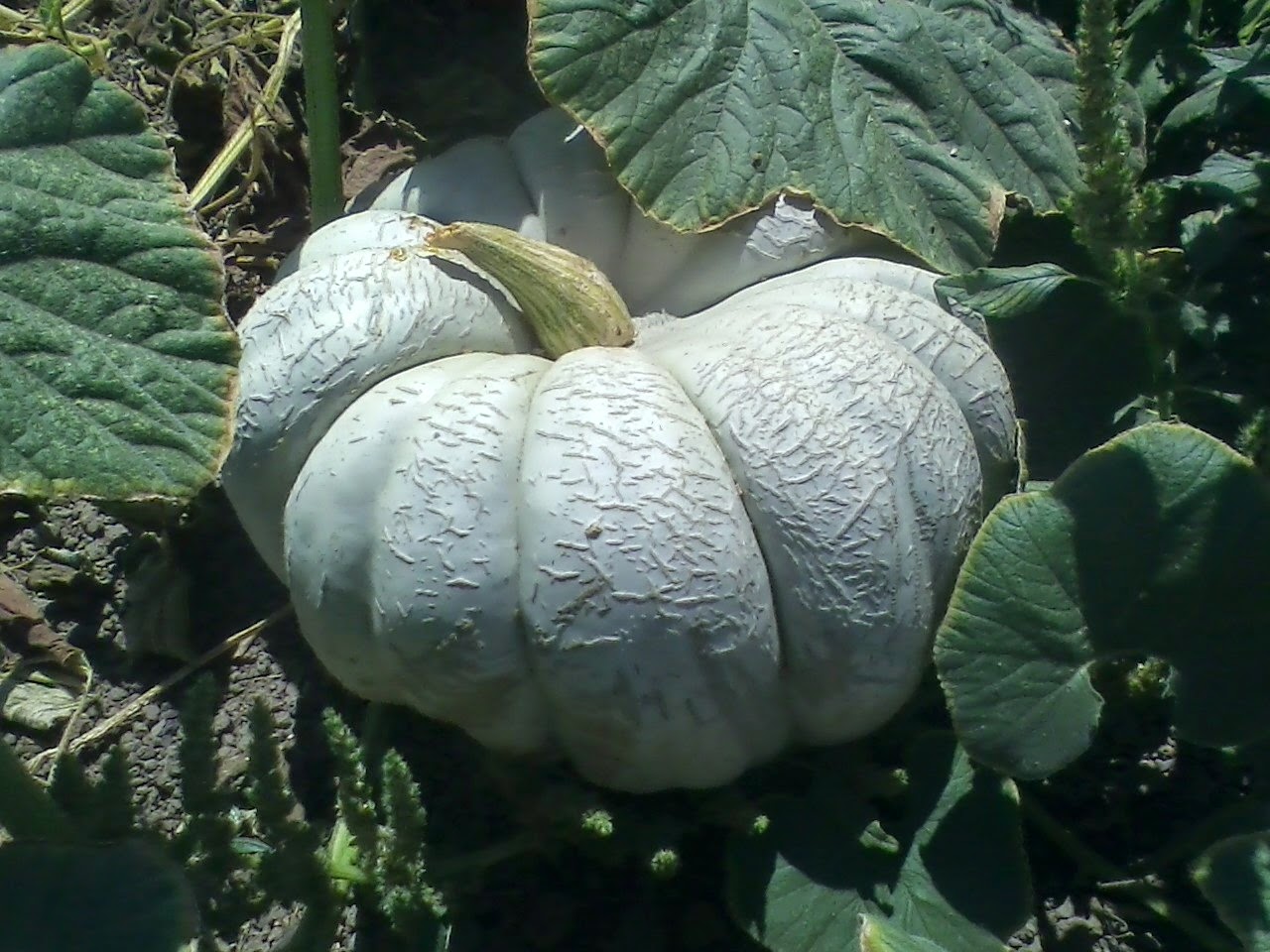There are a lot of veggies we grow in winter that are new to most people we serve. I think the largest reason is the shuttering of farmers markets in the winter. Think about it, google it. Most markets are seasonal, starting in with spring and ending in early fall. Where do the farmers go? Does the farm shut down in the winter? What's going on?
Well, I can assure you the farm doesn't stop producing here in California. We can farm year-round with little interruption. Rain, frost, mud and all- we're out working. We personally, as a farm, don't go to markets in the winter because they are not profitable. I suspect many farms make this choice. But why?
Vegetables.
We just don't like to eat our vegetables as a society. But no, Ashley, I eat all kinds of good stuff in the summer- I practically drown in salsa! Ah, yes, summer "vegetables". I am going to break your heart, but most summer "veggies" are fruit. Tomatoes=fruit. Okra= fruit. Jalapenos= fruit (I fully intended for there to be a tilda over than n...I'm on a roll and I'm not googling hot buttons now!). Even eggplant, tomatillos, bell peppers, the whole summer she-bang is fruit. So yes, salsa is actually a fruit salad. So, what on earth is a real vegetable?
Roots, shoots, stems, leaves, flowers and florets.
Is the thing in your hand one of these? Congrats! You're going to eat a real veggie.
Why don't we like them as much as these other things we thought of as veggies? Well, sugar is one big reason, but taste is the other. Kale, cabbage, bok choi, lettuce, radishes, greens of all kinds are all kind of... green tasting, bitter, leathery, even spicy. They're just not appealing until you've found a way to like them. This is the reason I believe we shut down farmers markets in the winter- we don't buy veggies, making it not financially viable to come to the market, meaning fewer markets and less exposure to "weird" winter vegetation. That sounds like a terrible catch-22. What to do?
Well, our farm doesn't close in winter, and we have a whole boat-load of things growing that are wonderfully tasty and healthy and get packed in your boxes all winter. So, we'll learn together.
This week, let's talk about Kohlrabi.
Kohlrabi and Carrot Slaw
1 Bunch carrots- grated or julienned
1 large kohlrabi- grated or julienned
1 bunch radishes- grated or julienned
1 C dried fruit
½ C nuts- chopped
Olive oil
1 Lemon-juiced
Maple syrup
Prep veggies and toss in bowl. Toast nuts and mix in with
fruit (I suggest cranberries and your almonds!) Mix oil, lemon, and maple syrup
together and dress salad. Enjoy!
Variations:
-Add spice! Hot and sweet!
-Add in a bit of cabbage for a more traditional slaw
-Add sprouts for an extra crunch
-Serve with pulled pork on a sammich!


































